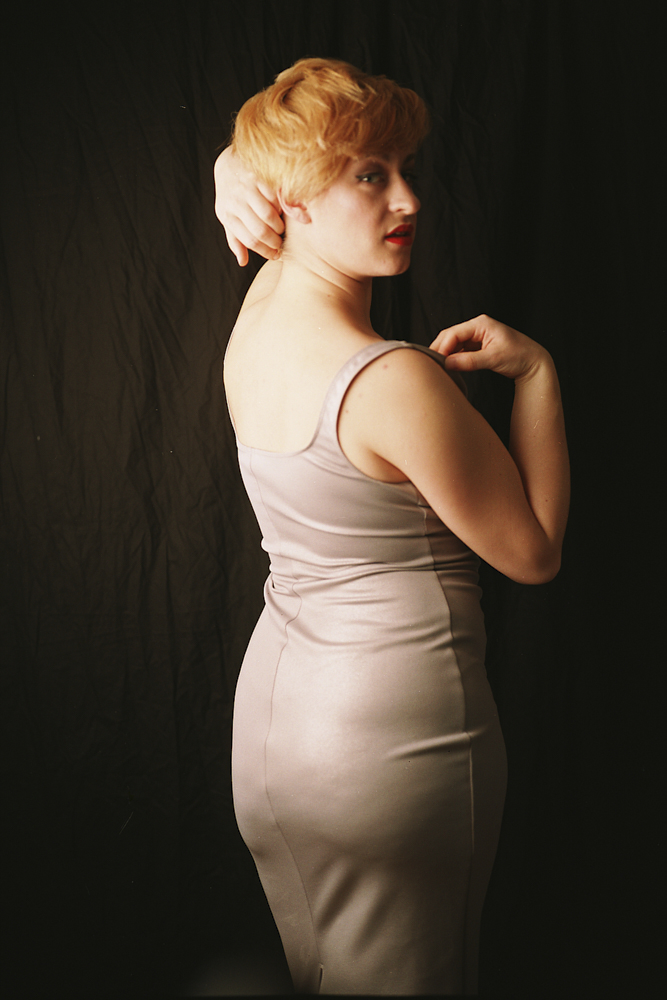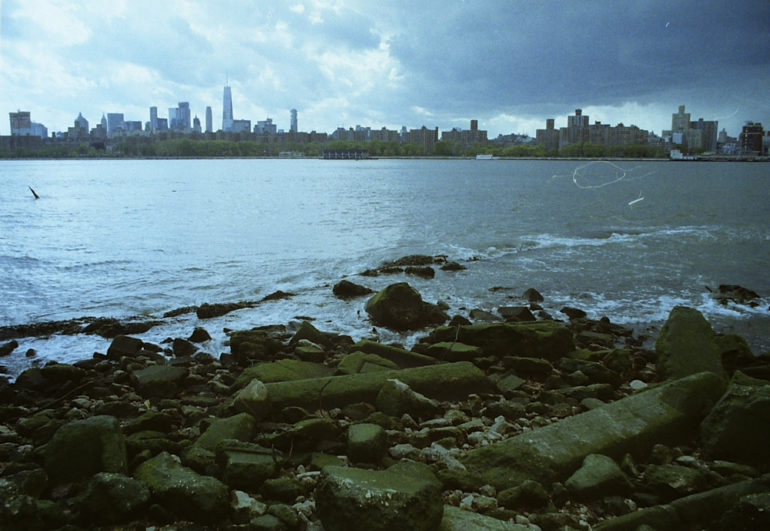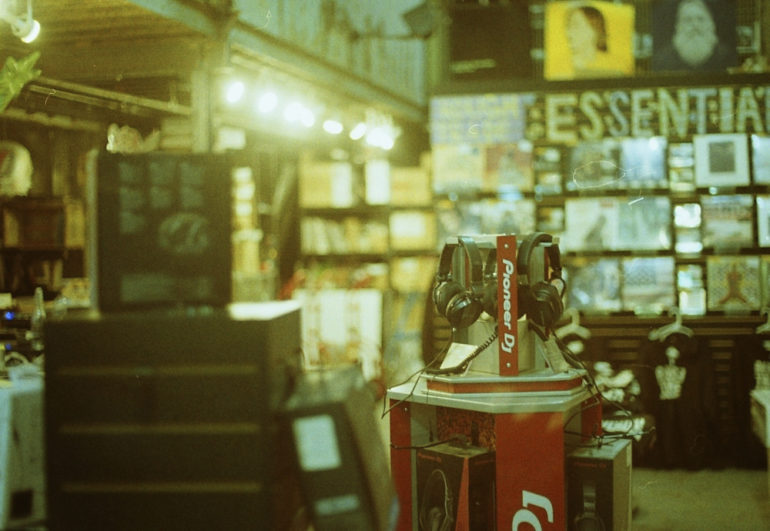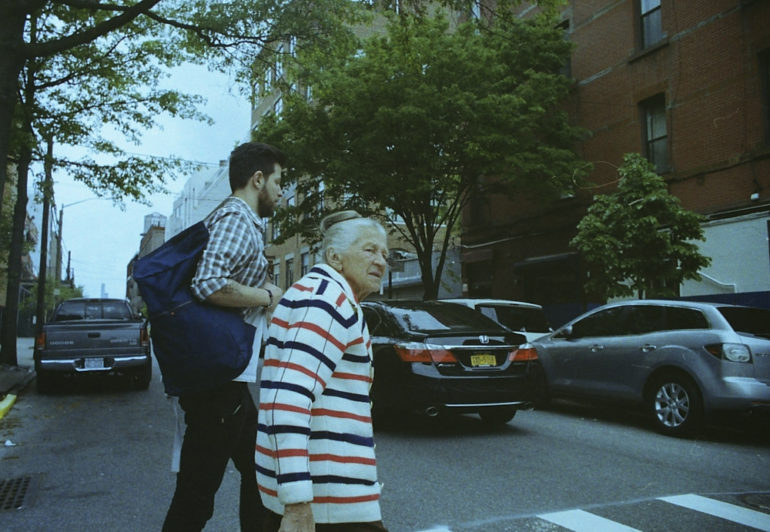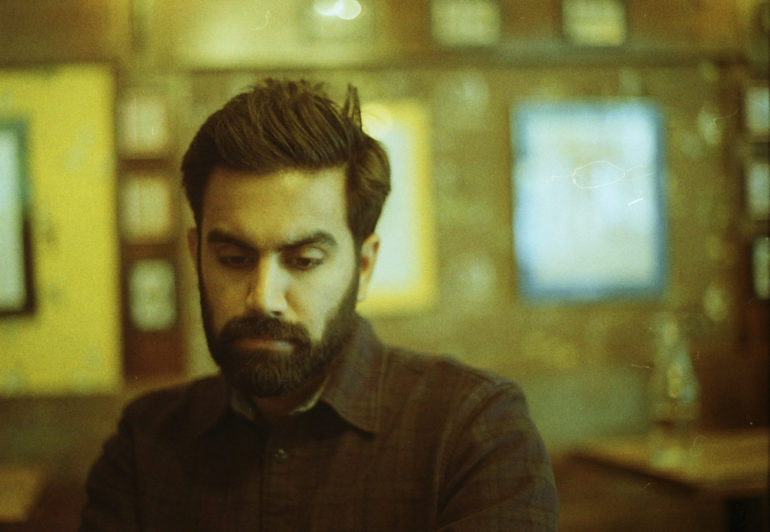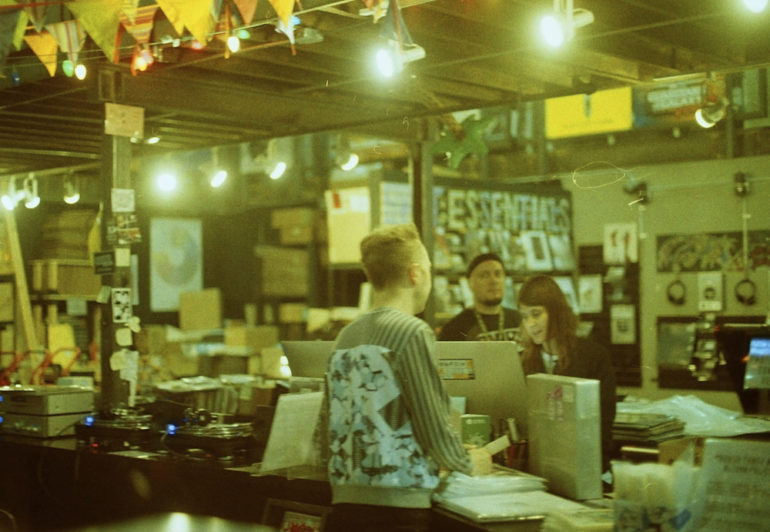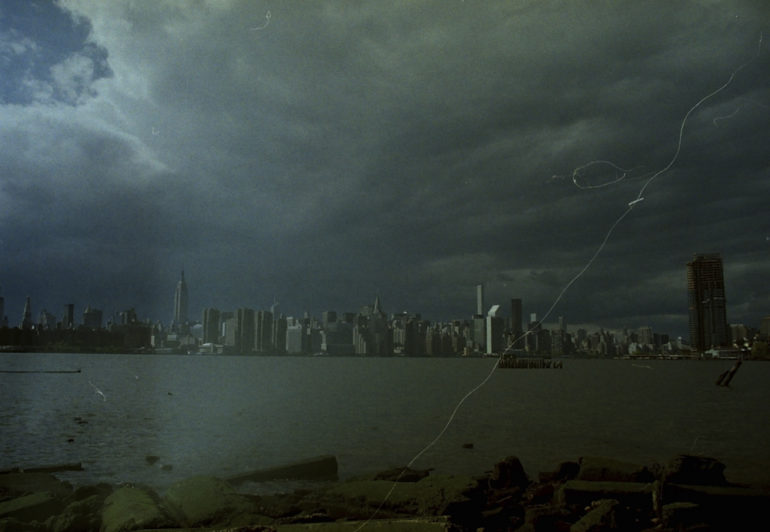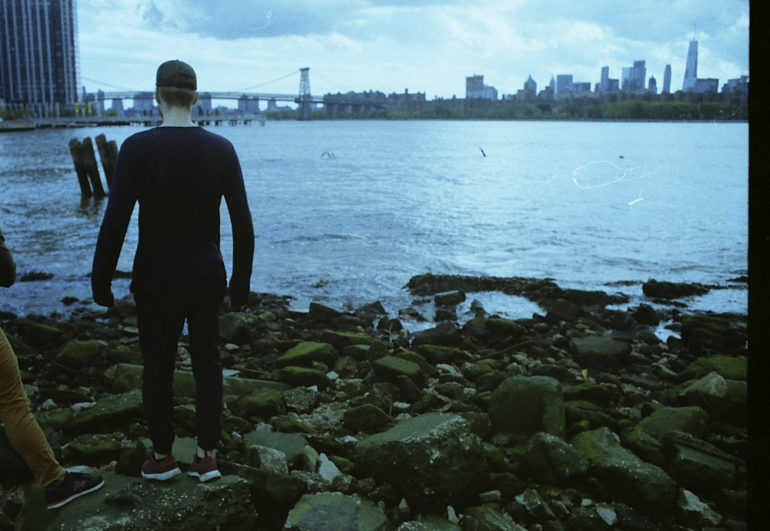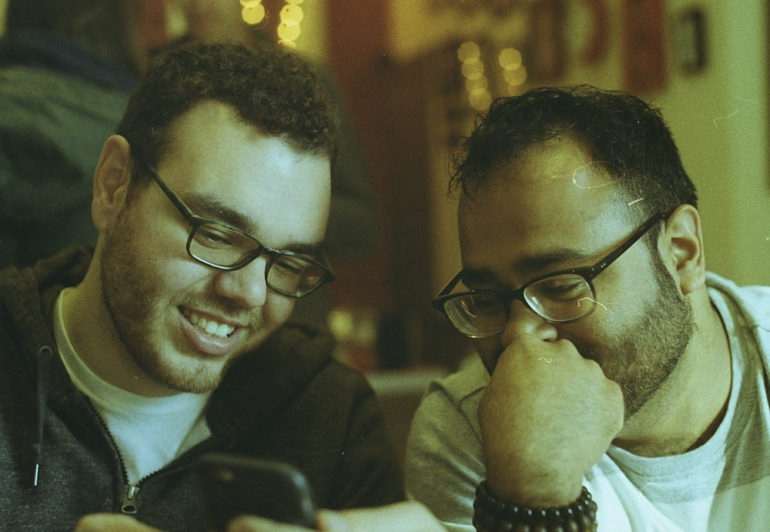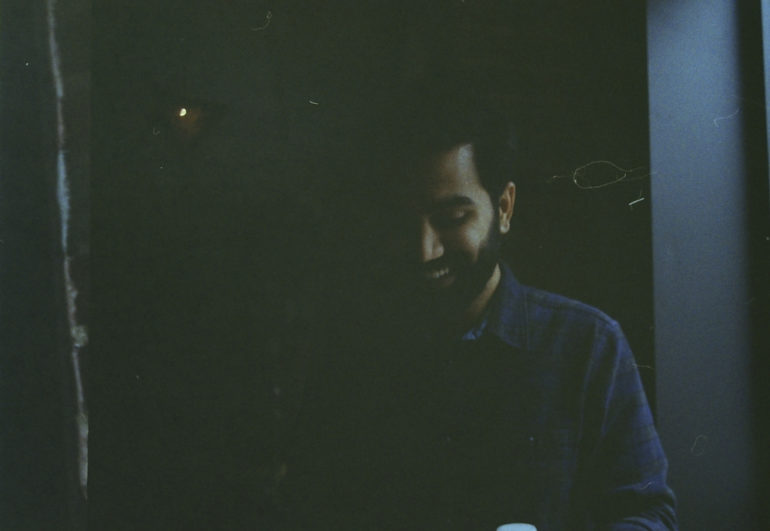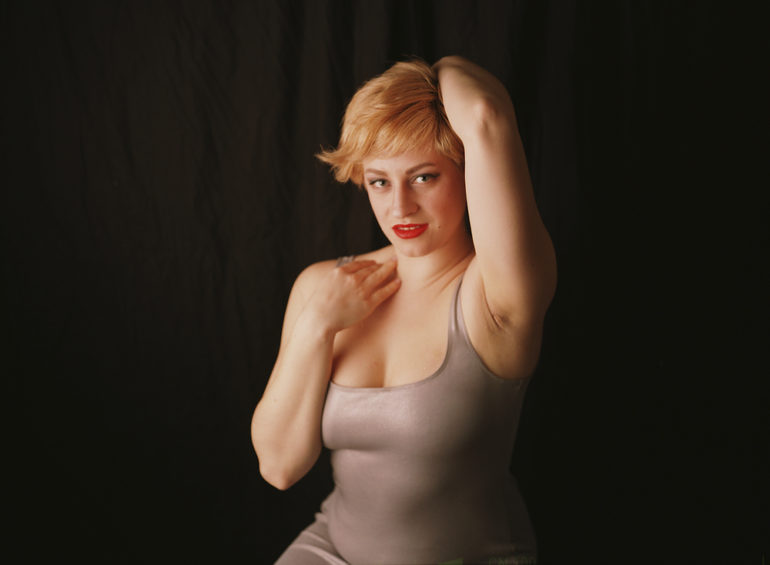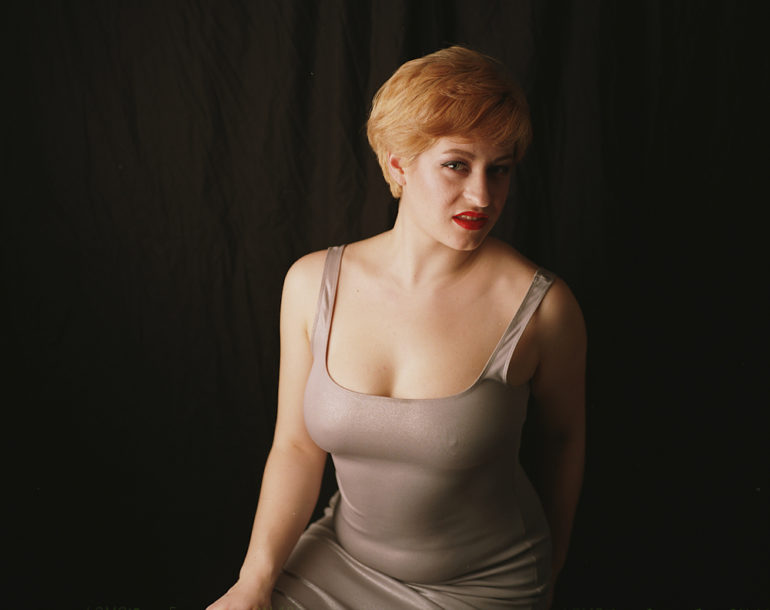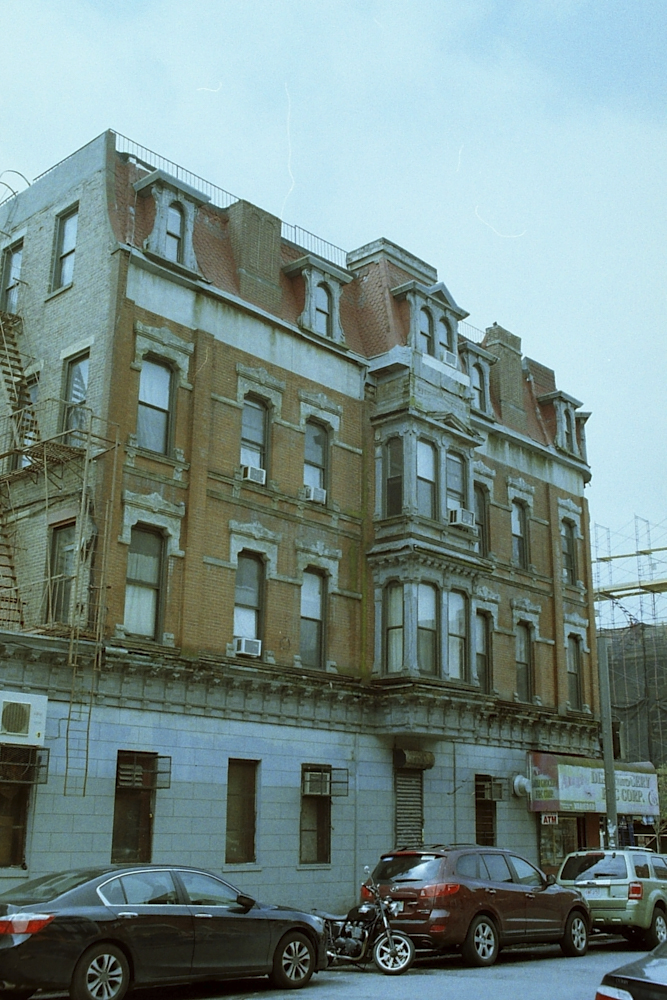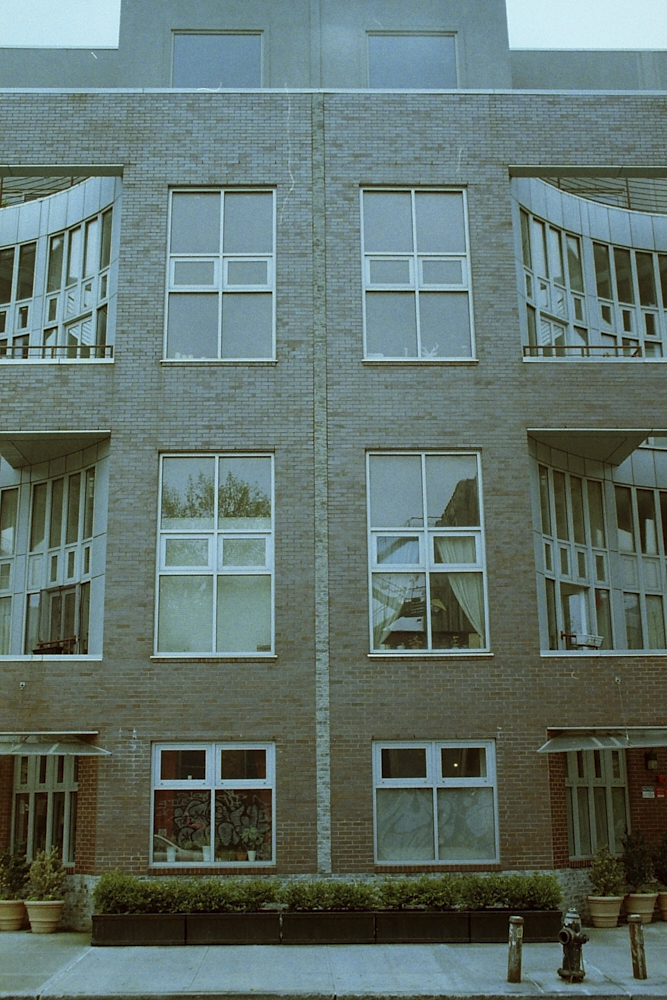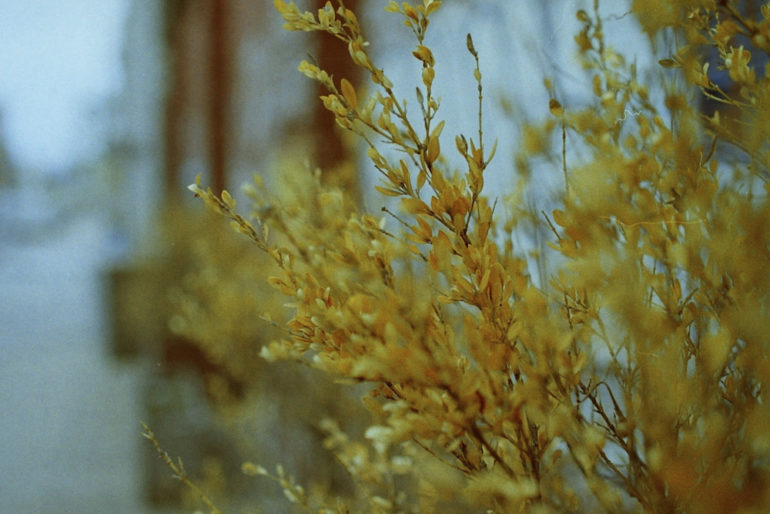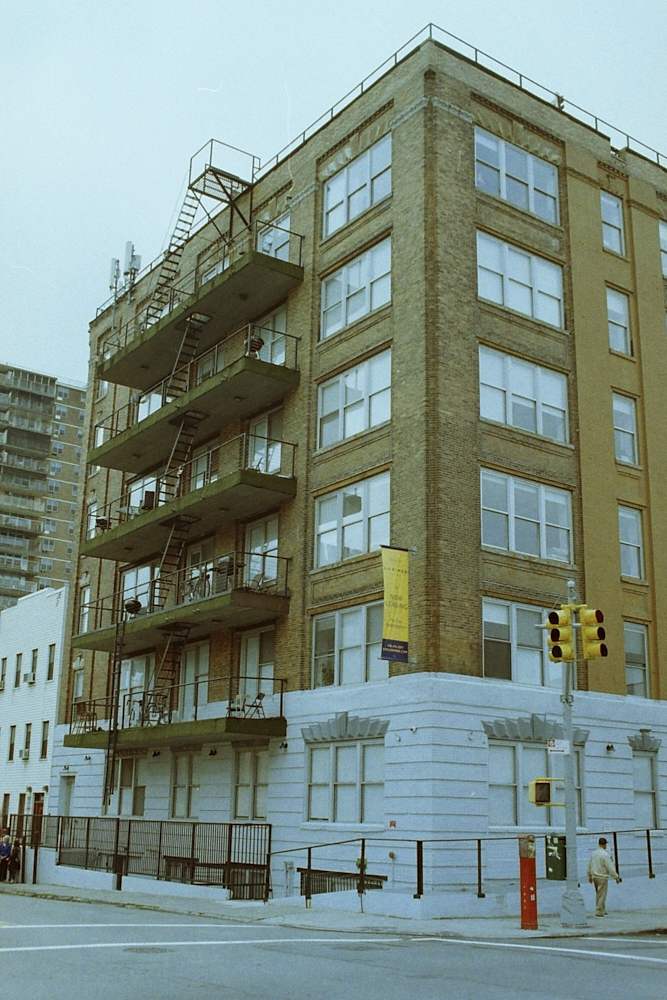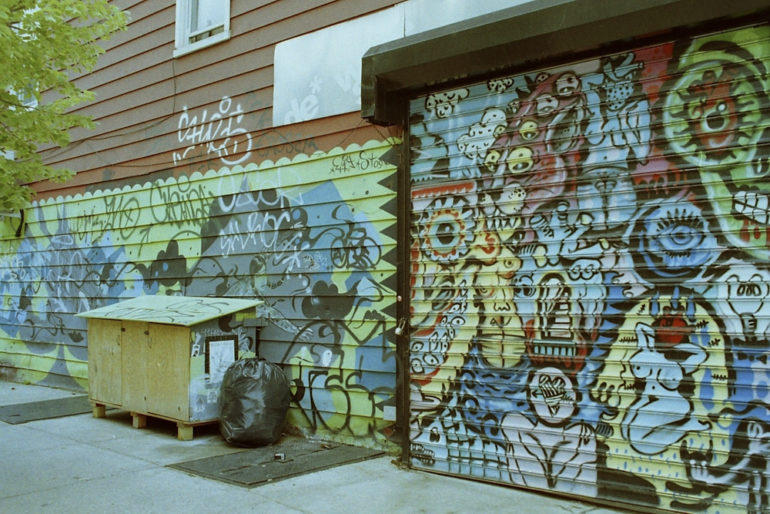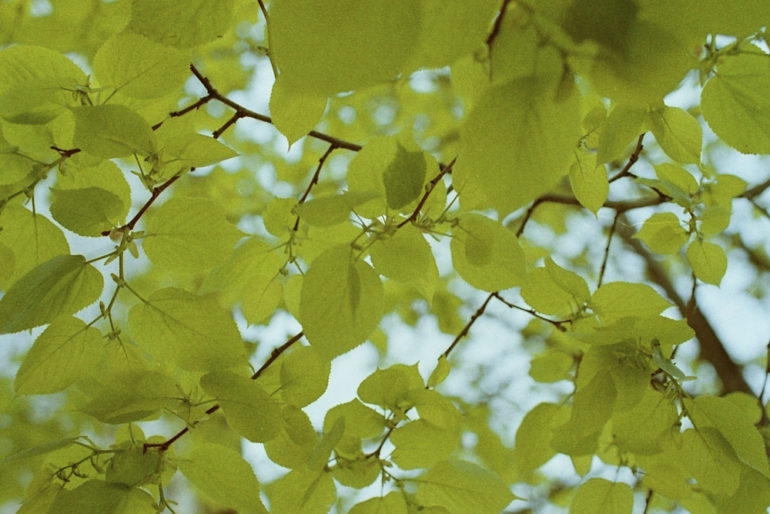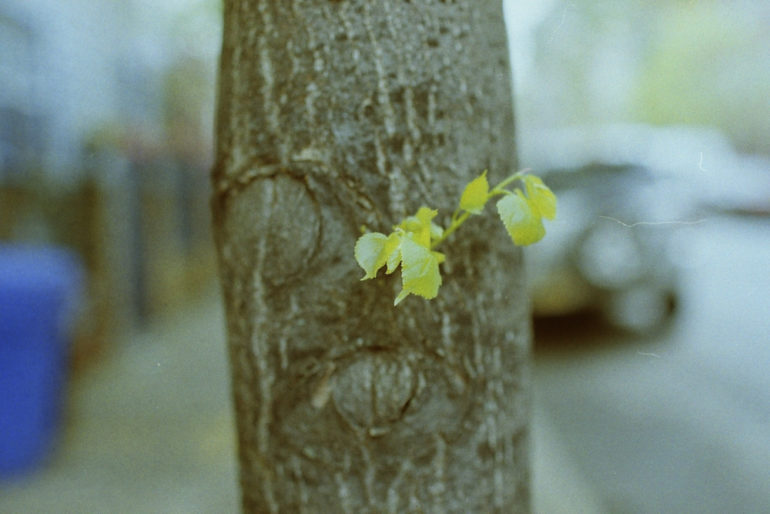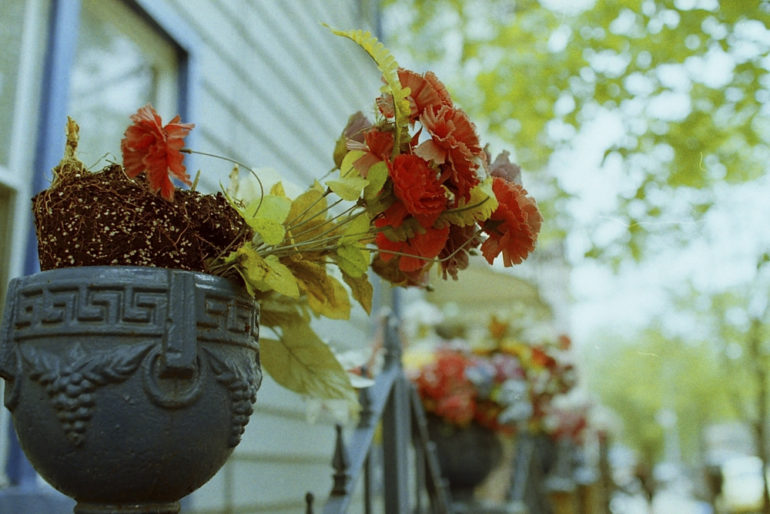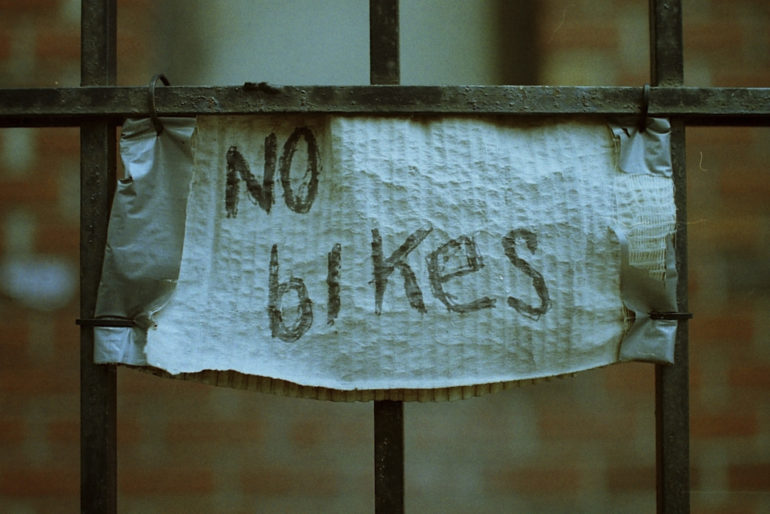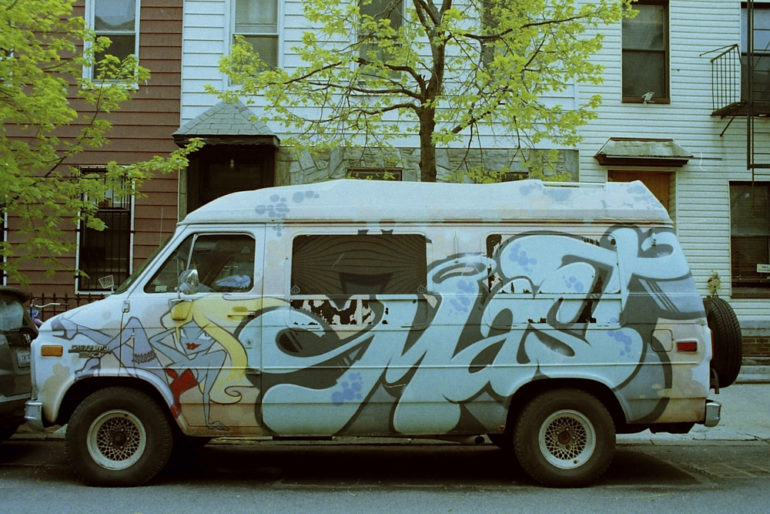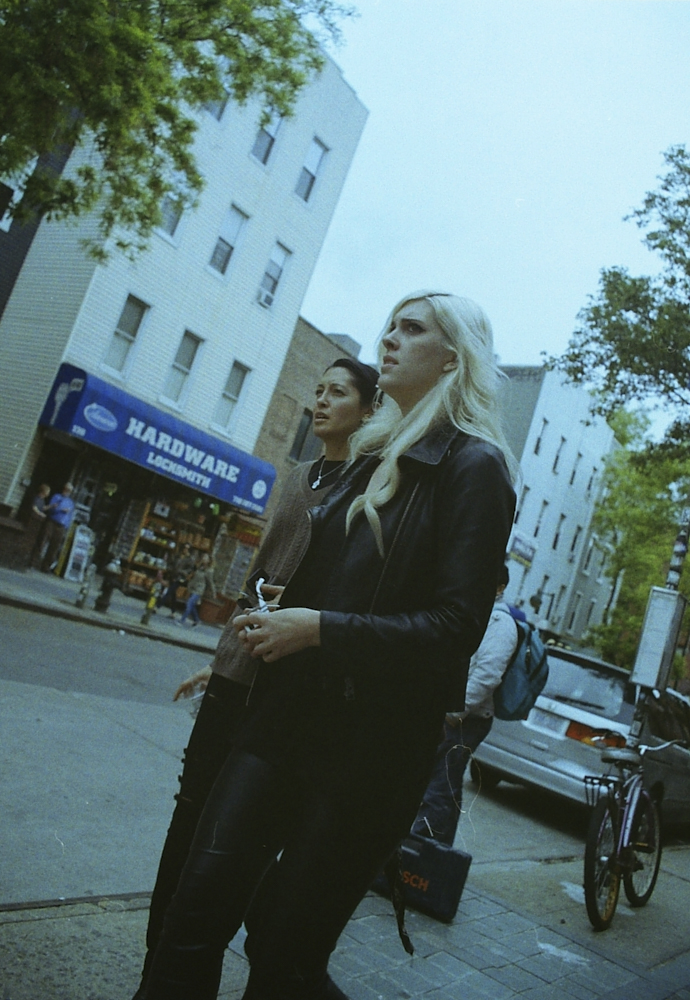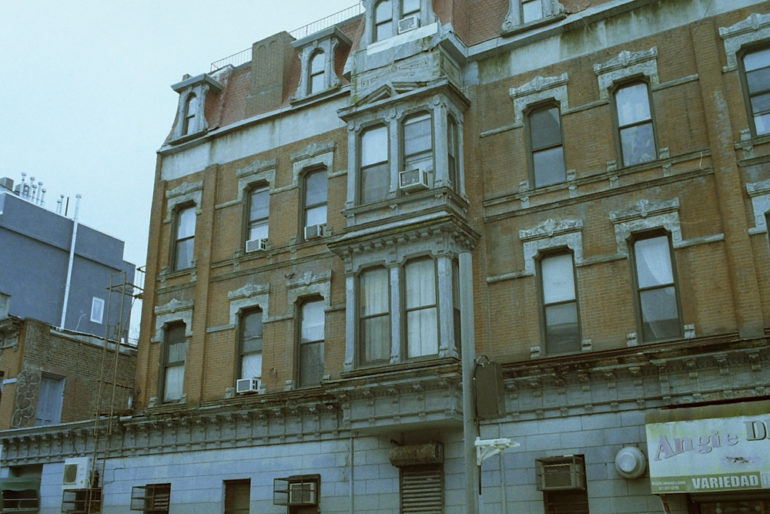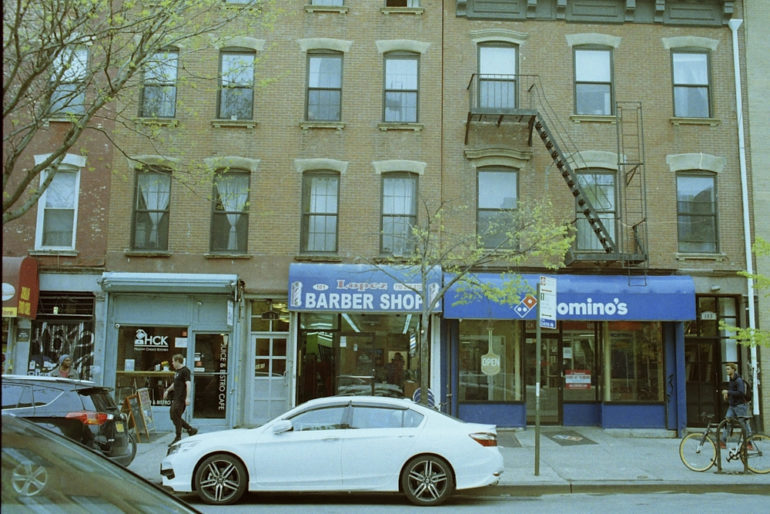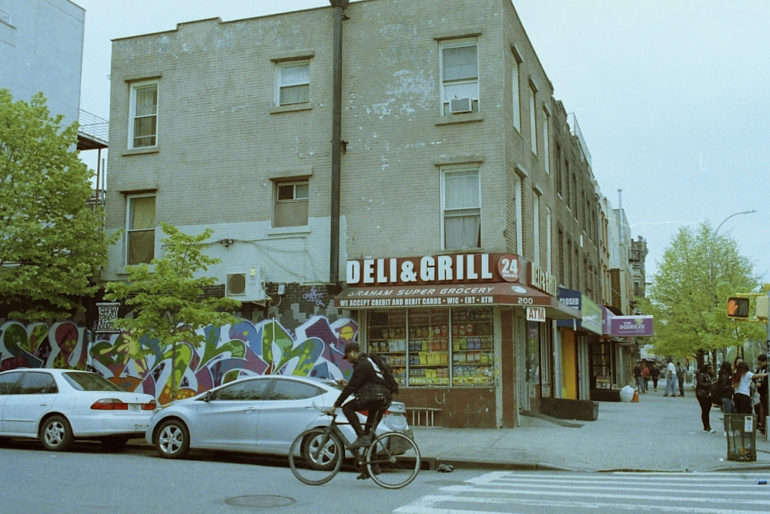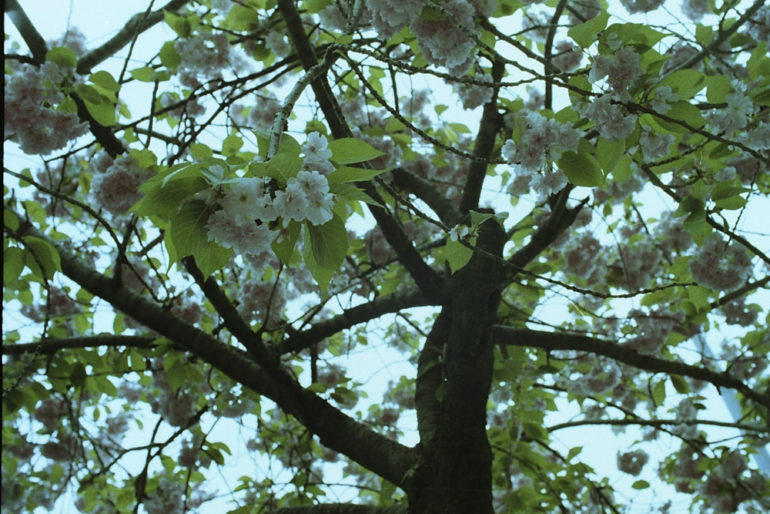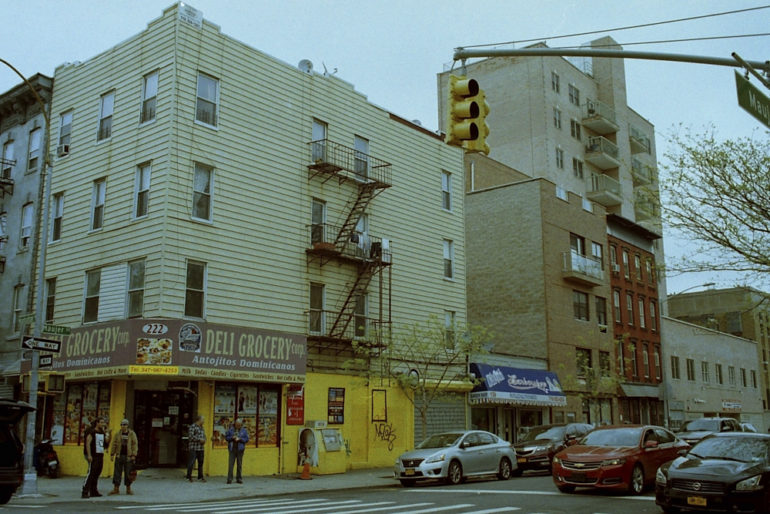Last Updated on 07/03/2017 by Chris Gampat
“It’s Kodak Gold,” I’m often told by Lomography reps about Lomography Color Negative 100. The film is one of the offerings from Lomography that is also a more affordable option at times in both 35mm and 120. Now, some folks may scoff at the idea of shooting Kodak Gold since for years, it was designed for being shot by just consumers. But in truth, it’s capable of delivering some seriously lovely colors. To that end, so too is Lomography Color Negative 100. At times, I genuinely feel like Lomography Color Negative 100 sometimes just intensifies whatever scene is just in front of you. But either way, if you’re looking for a low ISO alternative because you don’t like Kodak Ektar’s colors, then Lomography Color Negative 100 is a very viable option.
Pros and Cons
Pros
- With a studio light, it can be exceptionally sharp.
- Affordable
- Nice colors in sunlight
- In shade, it just intensifies the blue cast that you’re bound to get
Cons
- If you’re in natural light, you’ll want to overexpose a bit; but that can be said for pretty much any negative film emulsion.
Gear Used
We tested Lomography Color Negative 100 with the Minolta a7, Sony 35mm f1.4, Pentax Spotmatic, Pentax 28mm f2.8, Pentax 50mm f1.4, Fujifilm GW690 III, Leica CL, Leica 40mm f2, and various ND filters. Additionally, studio tests were done using the Adorama Flashpoint Zoom Lion and the Phottix Luna Octabank.
All film in this post was gracious developed by Lomography NYC. Thanks guys!
Tech Specs
Specs taken from the product page.
Sunny outdoor photos call for a film that will bring out all the pretty colors. The Lomography Color Negative 100 35mm film offers fine-grained smoothness and knockout hues, resulting in fantastic photos beaming with vivid colors and remarkable sharpness!
Technical Specifications
- For use with 35mm cameras
- ISO 100
- Color negative film
Additional Information
SKU f3361 Brand Lomography Development C41 Color Negative Processing Film Type Negative ISO 100 Exposures 36 Pack Size 3 Categories Films, Lomography Film, Lomography 35mm Film, 35mm Film , 35mm Color Negative, Color Negative Film, 35mm Color Negative, Lomography Color Negative Films, Film Photography Day, 15% OFF on Lomography films, Little Treats, Festive Film Deal, LC-A+ & LC-W Accessory Deals
Metering
Lomography Color Negative 100 is a negative film. So in most situations, you’re best off giving it a bit more light than a light meter tells you to do. This also goes for working in a studio. Because it’s a Kodak film, you may think to yourself that maybe you should expose for ISO 50 and develop for like ISO 75. But in all reality, that won’t matter much. Just shoot at ISO 100 and overexpose by around 1 stop or 1/3rd and you’ll be all set.
Ease of Use
Interestingly enough, when working in the studio and with studio lighting, Lomography Color Negative 100 will come up looking very warm. But in shade, it goes very blue–bluer than I’ve honestly seen before. In my opinion, where I found this film to truly succeed is with lots of natural light. During the Golden Hour it’s very beautiful. I strongly recommend shooting it then.
Image Quality
Lomography Color Negative 100 delivers the best results when you give it a bit more light. With that said, I honestly don’t recommend shooting it a lot in the shade. You’ll get some very blue colors you may not digg so much. Instead, shoot in scenes with a whole lot of light (daylight) or in a studio.
Extra Image Samples
These scans are right out of the scanner. Could I have warmed up the image quality? Yes, but then that wouldn’t be true to how the film actually works.
Conclusions
I personally like the feel of Lomography Color Negative 100. I’d prefer to use it in the studio and in 120 format. I truthfully don’t see it as a good general film though. It’s good for portraits and landscapes of all types. When you shoot those, you’ll truly have fun and enjoy the results.
Check out Lomography’s page listing to pick some of this film up, or check Amazon for prices.


